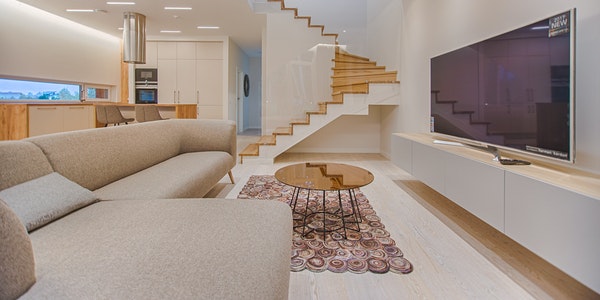It has been 6 years since LED health lighting was proposed by the market in 2015. In the past two years, LED health lighting is still in its infancy.
With the continuous advancement and popularization of technology, the number of manufacturers involved in health lighting continued to increase in 2018. In addition to international manufacturers such as Seoul Semiconductor and Philips, many international manufacturers have gradually joined the LED health lighting camp. For example, OSRAM recently launched a series of health lighting products, and Chinese manufacturers such as Sanan Optoelectronics and Tachyon have also launched health lighting related products.
The LED health lighting industry has begun to take shape. With the further improvement of technology and the further reduction of costs, LED will quickly enter the era of health lighting.
Anti-blue Light Hazard is the Current Main Technical Direction
LED health lighting means that the light emitted by LED lighting products will not cause harm to the human body, especially to the eyes that are directly exposed to light. However, most of the LED light source products currently on the market only pursue the effect of “lighting” and focus more on improving light efficiency and reducing costs.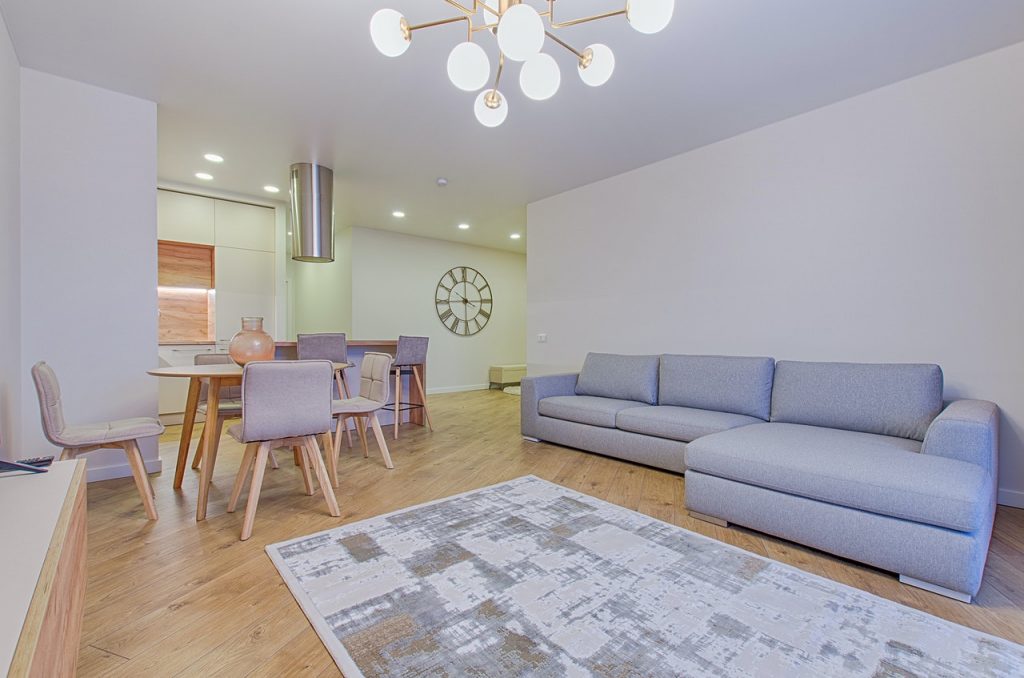
Some inferior products have a high proportion of short-wave blue light, which will cause visual fatigue and decrease vision. What’s more serious is that short-wave blue light will penetrate the lens directly to the retina, leading to macular degeneration and cataracts, and the impact on children who are in the growth and development period is more obvious.
Therefore, LED health lighting technology mainly starts from the spectrum, reducing or removing the harmful spectrum to the greatest extent. This is the direct understanding of LED health lighting in the current market, mainly for anti-blue light, anti-stroboscopic, or add some functions that can adjust the temperature and adjust the brightness. But is this the LED health lighting? Or is the LED health lighting limited to this? Can there be more room for imagination?
Healthy Lighting is Not Just to Eliminate Blue Light Hazards
In fact, with the continuous deepening of lighting scientific research, the relationship between light and health is increasingly being discovered by humans.
For example, lighting has expanded to the field of non-visual biological effects. Many studies have shown that the non-visual effects of light on the human eye, and the light sensed by retinal ganglion cells can affect the release of melatonin, sleep and biological rhythms at night.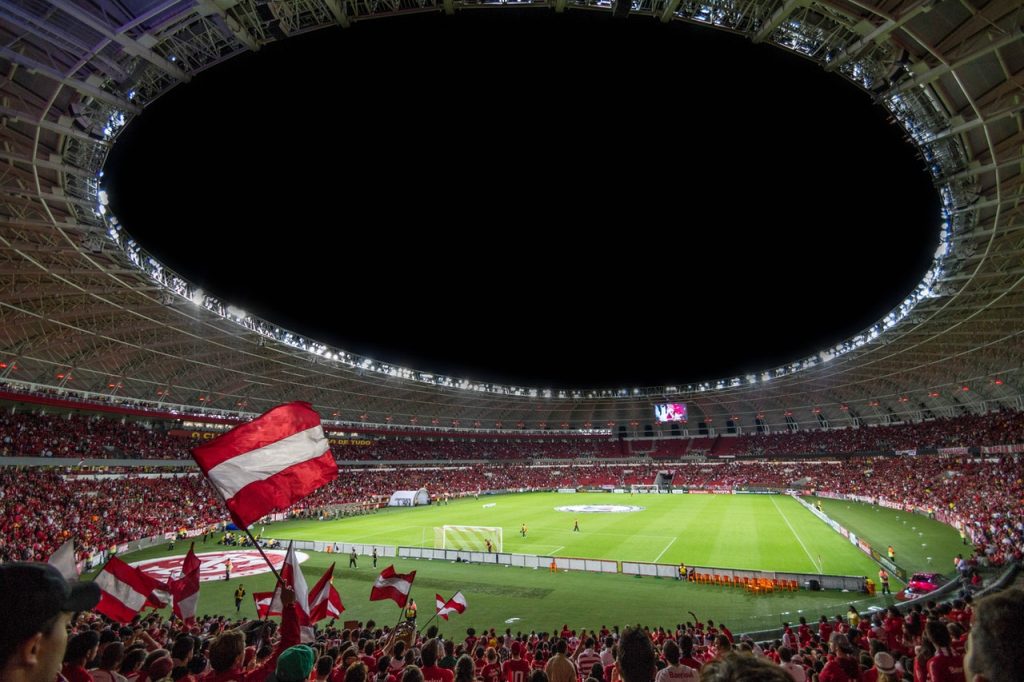
In other words, the impact of light on humans is not only the direct visual sensory system, but also other non-visual sensory systems. Light has the advantages of changing the rhythm of life, inhibiting the secretion of melatonin, increasing core temperature, accelerating heart rate, and increasing alertness.
Therefore, LED health lighting is not limited to reducing blue light hazards. It can also improve people’s working, studying, and living conditions and quality through lighting, and promote psychological and physical health.
Technical Bottlenecks Will Continue to Be Boken
Natural light is the most suitable and comfortable light source for human beings. The current LED health lighting is also imitating natural light to the greatest extent.
Natural light is a full-spectrum light source. At present, there are two ways to achieve a full-spectrum light source in the market. One is the 450-460nm blue chip excitation phosphor solution, and the other is the purple light chip excitation RGB multicolor phosphor solution. . However, the blue chip solution still shows a higher intensity blue peak, and the purple chip solution is closer to the natural light spectrum.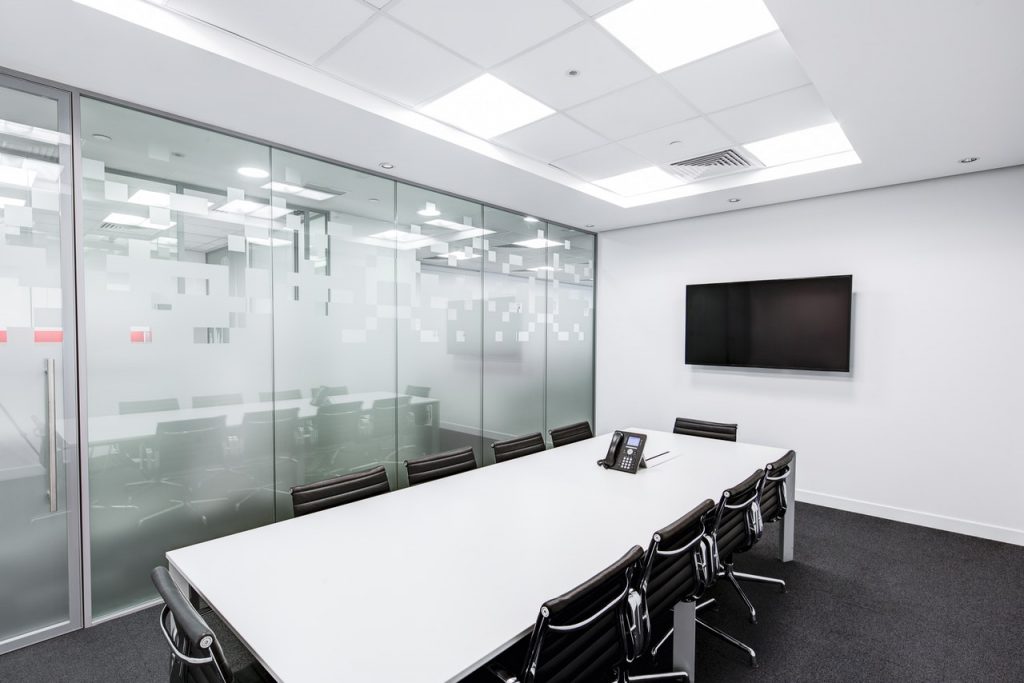
Examples of the Biological Effects of Light
Here are some examples of non-visual effects:
The red, green, and blue color lights were respectively tested for the metabolites of melatonin in human urine under the irradiation of 1000 lx, and the results showed that the inhibition rate of melatonin was very small, the red light was very small, the green light was the largest, and the blue light was slightly Low. Studies using 6500 K daylight color and 3000 K warm white light under the same illuminance have shown that the inhibition rate of the former on melatonin is about twice that of warm white.
The use of blue light irradiation among workers in the factory can obviously make the body’s condition adapt to the needs of work more quickly.
The irradiation of light will significantly increase the heart rate, the shorter the wavelength, the more significant it is, the younger is more pronounced than the elderly.
The lighting test found that in a high color temperature (6800 K) lighting environment, people’s dilated blood pressure (ie, low pressure) is higher than that of medium and low color temperatures, indicating that the former has a significant awakening effect on the heart.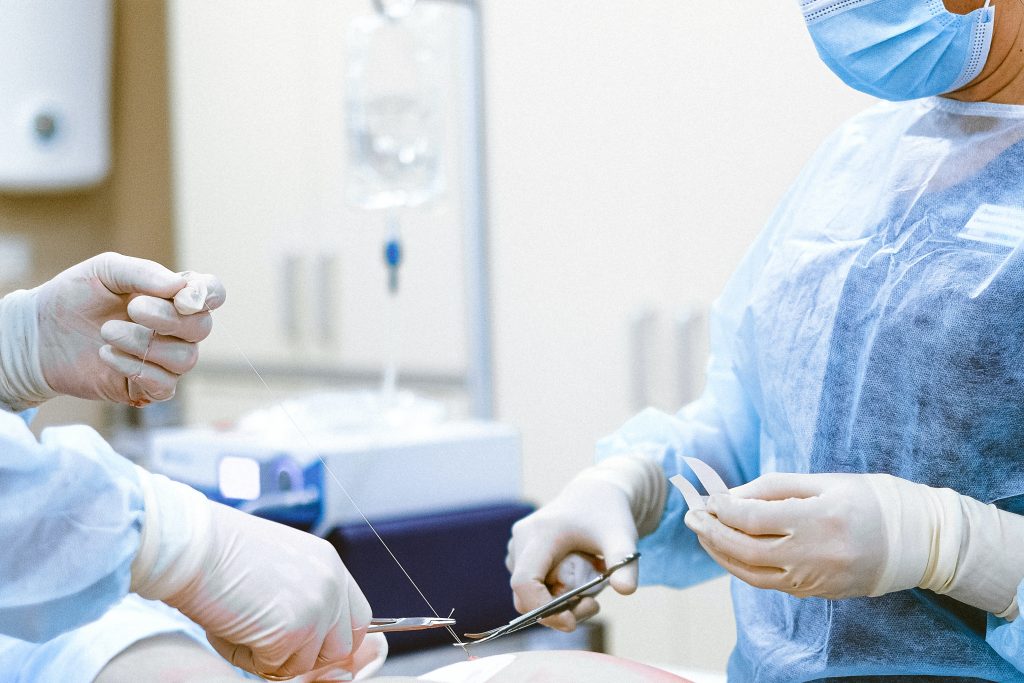
A kind of early Alzheimer’s disease called AD disease (discovered by a German neurologist) can be treated with blue light: After a certain period of time after the patient observes the blue light before going to bed every day, the condition will be significantly relieved after a certain period of time.
Blue light has a shorter wavelength than other visible light, and it easily penetrates the eyeball and reaches the retina. If the temperature is high, the coagulation effect will also occur, resulting in cataracts.
Mid-infrared IRB (1400-3 000 nm) and far-infrared IRC (>3000 nm) can be absorbed by water in the cornea, aqueous humor, lens, and vitreous. Therefore, glass processors, infrared laser researchers, etc. are prone to cataract eye disease.
When people are preparing to exercise, the outdoor light environment is more exciting than the indoor light environment.
Health Lighting Indicators and Standards
The concept of healthy lighting has not been put forward for a long time, and there are still not many international standards related to healthy lighting. At this stage, the standards related to light health include light chromaticity requirements (spectrum, illuminance, stroboscopic, glare, photobiological radiation), test methods, product design specifications, etc.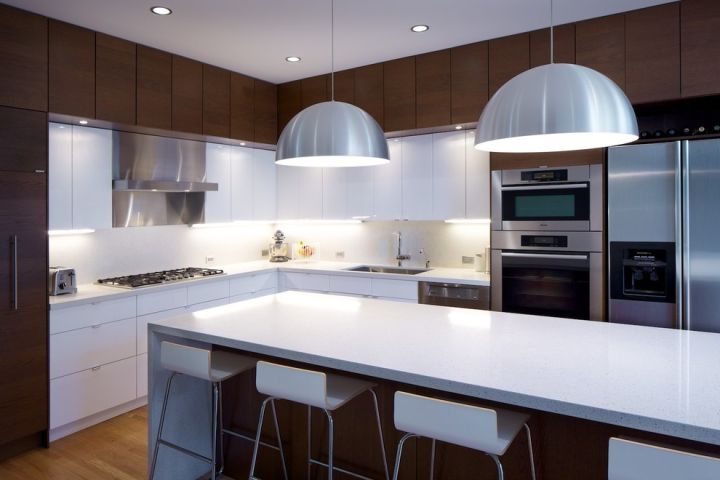
In terms of photobiological safety standards, the most famous is IEC62471 and the derived IEC62778, which classify blue light and check whether it is safe or not through specific numerical values between whether there is hazard and low hazard.
Photobiological Safety standards:
CIES 009/E: 2002 Photobiological saferty of lamps and lamp systerms (IEC TR 62471)
GB/T20145-2006 Photobiological safety of lamps and lamp systems (equally adopted)
IECTR 62471-2: 2009Photobiological safety of lamps and lamp systems- Part2: Guidance onmanufacturing requirements relating to non-laser optical radiation safety
GB/T 30117. 2-2013 Photobiological safety of lamps and lamp systems-Part 2: Non-laser optical radiation safety, guidelines for related manufacturing requirements
IECTR 62778: Considerations only blue light hazard of primary light sources and finished products
IEC TR62471 series of international standards:
IECTR 62471-2: 2009 The annual meeting of IECTC76 held in Beijing in October 2016 confirmed the revision
IECTR62471-3: 2015Photobiological safety of lamps and lamp systems-Part 3: Guidance for the safeuse of intense pulsed light source equipment on humans
IECTR62471-4 Photobiological safetys and lamp systems – Part4: measuring method
IEC62471-5: 2015 Photobiological safety of lamps and lamp systems – Part 5: image projectors
IECTR 62471-6 Photobiological safety of ultraviolet lamp products

